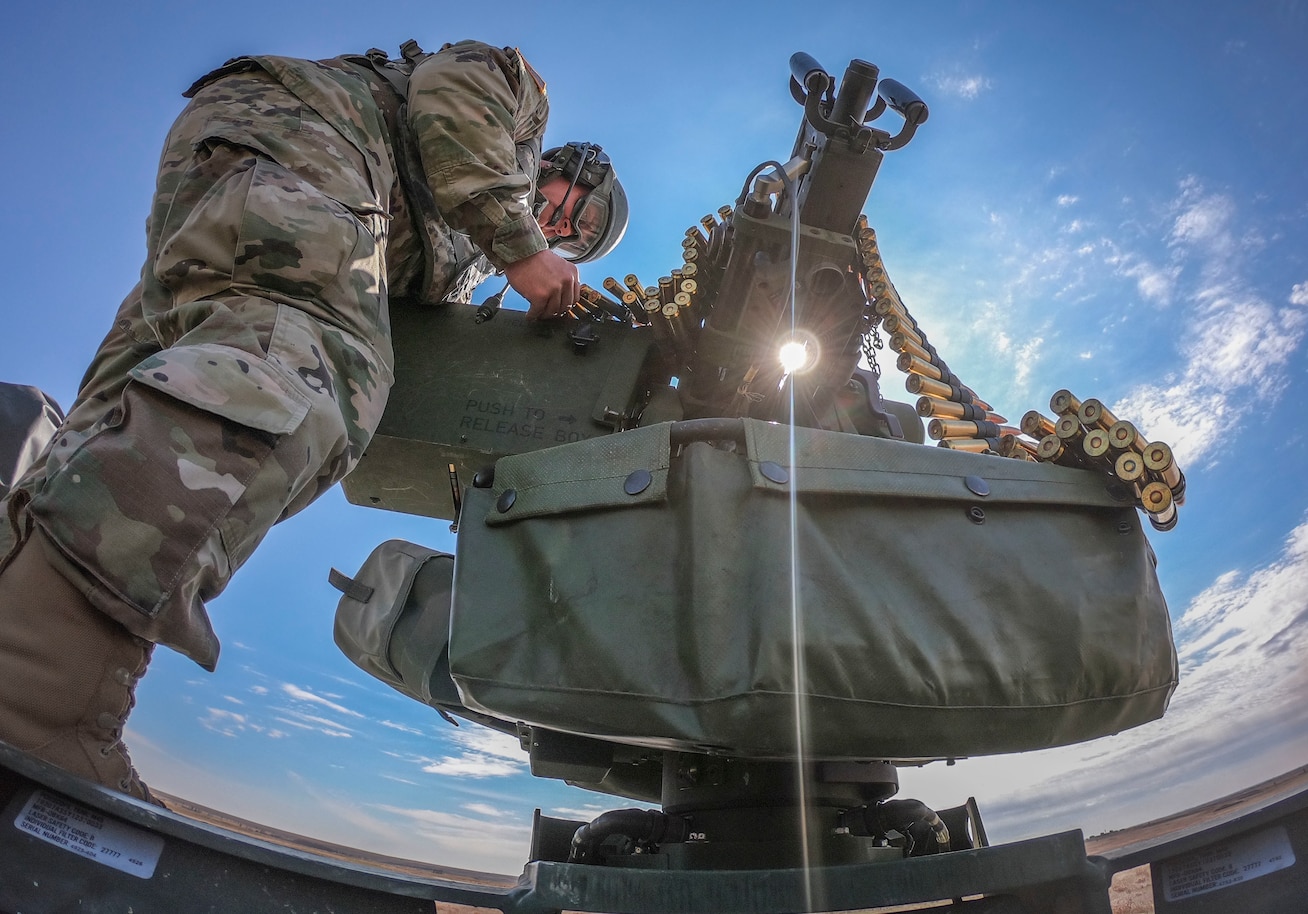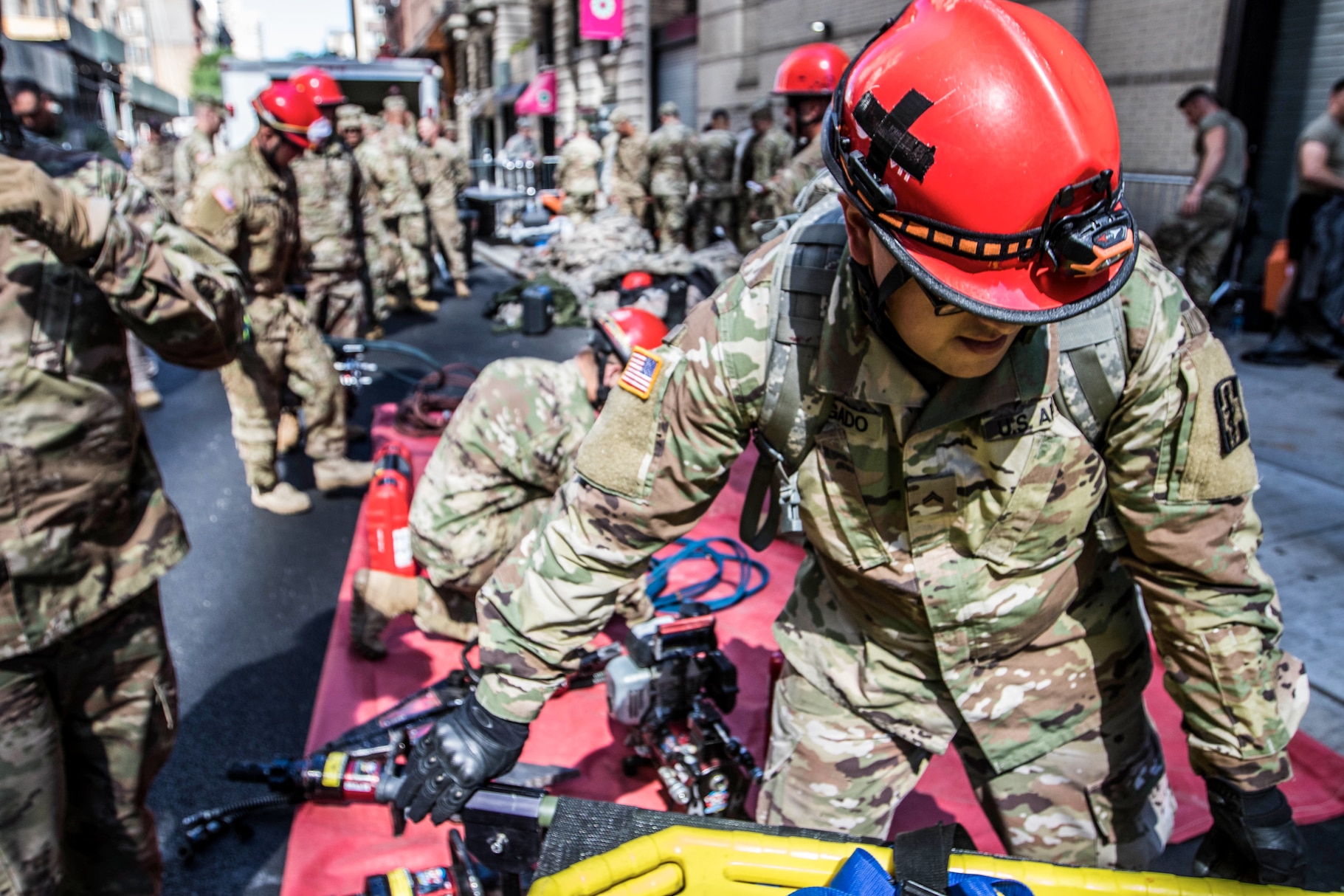About Us
VISION
The Army Reserve of 2035 provides TRAINED AND EQUIPPED units and personnel at the SCALE AND SPEED required to support the Total Force in a JOINT, MULTI-DOMAIN OPERATIONAL ENVIRONMENT. The Army Reserve accomplishes this through continuous improvements and prudent investments in READINESS and MODERNIZATION priorities while balancing the training requirements and QUALITY OF LIFE NEEDS of our Soldiers, Civilians, and Families.
MISSION
To provide COMBAT-READY units and Soldiers to the Army and the Joint Force ACROSS THE FULL SPECTRUM OF CONFLICT.
In today’s full-spectrum environment, America’s armed forces must be prepared to quickly respond to capable and sophisticated high-end threats, conduct sustained counterterrorist operations and deter aggression in multiple regions of the world while simultaneously defending the homeland.
As the character of warfare becomes more complex, reserve forces that can survive and win on the battlefield are essential to the Army’s success in winning future wars. America’s Army Reserve is ensuring its ethos and culture are highly focused and able to deliver the most capable, combat-ready and lethal Federal Reserve Force in the history of the nation.
Operating as an Army component and force-providing command, the Army Reserve has a congressionally authorized strength of 199,000 Soldiers, more than 11,000 Civilians, and 2,075 units, residing and operating in every state, five U.S. territories, and 30 countries. The Army Reserve accounts for 20 percent of the Army’s organized units, provides nearly half of the Army’s total maneuver support and makes up a quarter of the Army’s mobilization base expansion capability. Critical capabilities include early opening and set-the-theater units required to rapidly deploy forces, build expeditionary combat power, and sustain a campaign-capble force.
Army Reserve Staff Sgt. Shane Seleznoff, a Stryker vehicle commander and native of Forney, Texas, assigned to 1st Reconnaissance Platoon, 360th Chemical Company, 468th Chemical Battalion, 209th Regional Support Group, 76th Operational Response Command, loads ammunition into a M2 .50 caliber machine-gun before heading downrange to qualify on crew-served platform gunnery as part of Operation Gauntlet at Fort Riley, Kansas, April 2. More than 450 Army Reserve Soldiers from around the country are participating in the three-week gunnery exercise to hone crucial gunnery skills and increase battlefield lethality. (U.S. Army Reserve photo by Sgt. 1st Class Brent C. Powell)
Meeting ongoing defense and security demands requires continued access to, and reliance upon, the skills, capabilities, and experience of a ready Army Reserve.
A federal operational Army Reserve force saves the Army money; reduces the demand for Active Army capabilities; mitigates Army capability shortfalls, and preserves the readiness of the Total Army. Army Reserve depth and scalability meets current and anticipated requirements of the Combatant Commands; achieves a cost-efficient balance by using the strengths and capabilities of each component; and provides a sufficient base of trained, equipped and ready Soldiers, leaders and units from which the Active Component may draw upon when needed. Most importantly, a ready and operational Army Reserve provides the critical enabling capabilities that combat forces rely upon to win America’s wars.
When Unified Land Operations are required, the Nation integrates and synchronizes all of America’s military services, but it can do so only with the support of the Army Reserve, which provides critical early entry and set the theater capabilities. These include Petroleum Pipeline and Terminal Operations, Biological Identification Detachments, Broadcast Operation Detachments, Civil Affairs, Theater Engineer Commands, Medical Logistics, and others crucial to opening and sustaining major operations.
Army Reserve Spc. Jason Delgado, 328th Combat Support Hospital, practices lifesaving skills in Manhattan, New York, July, 10, 2018. These Soldiers are part of a national response element that works with civil authorities to provide manpower, vehicles, and equipment to perform medical services as well as chemical, biological, and radiological clean up — essential skills in the event of a disaster or attack. (U.S. Army Reserve photo by Staff Sgt. Felix R. Fimbres)
Command authority of the Army Reserve rests under a single individual who is both the Chief of the Army Reserve and the Commanding General of United States Army Reserve Command.
This streamlined command structure ensures unity of command and unity of effort in the resourcing, training, and accessing of the Army Reserve.
This enables support of every Army Service Component Command and worldwide Combatant Command with an Army Reserve footprint in all 50 States, five territories, and more than 30 countries. The Army Reserve is uniquely designed from the ground up to meet the needs of the Joint Force under this single unified command authority.
The Chief of Army Reserve is the principal advisor on Army Reserve matters to the Secretary and Chief of Staff of the Army. The Office of the Chief of Army Reserve plans, prepares, resources and manages the force and is responsible for the justification, defense, and execution of the Personnel, Operations and Maintenance, and Construction budgets.

